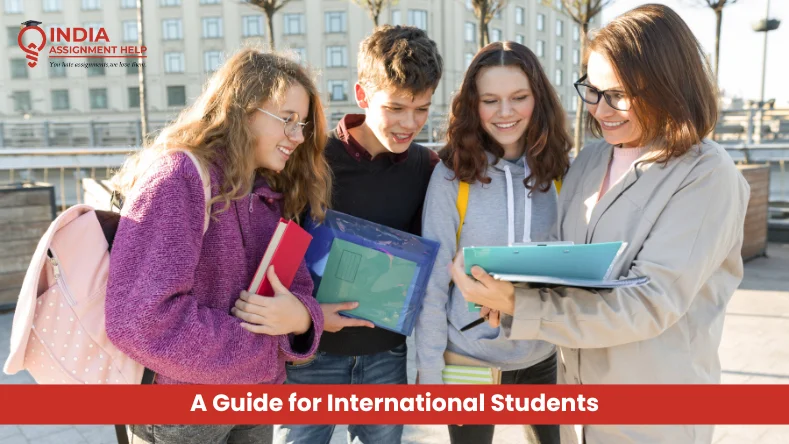Permanent Residency Made Simple: A Guide for International Students

International students often aspire to establish permanent residence in a foreign nation in addition to their academic pursuits. Countries like Singapore, Germany, Australia, New Zealand, Canada, and the United States are well-liked by students due to their good economic conditions, ease of obtaining a work permit, easy visa processes, excellent educational systems, and prospects for a job after graduation. This blog post explores the ways in which international students can make their dreams of settling down and building a life in a foreign country come true. We will discuss the top pathways that lead to permanent residency, which is the key to unlocking a new future in a new home.
1. Step into High-Demand Industries:
Imagine yourself actively contributing to fields that are in need of talent to build high-demand industries. In addition to this, several high-demand industries, such as information technology, healthcare, and skilled professions, are enticing overseas students to pursue prominent positions. While you're a student, working part-time or through internships in these industries, you will expand your skill set and get permanent residency. It's an engaging and practical method that makes your academic path a clear route to a job and a future in your host nation.
2. Programmes for Skilled Migration
One of the popular routes for overseas students seeking permanent residency is skilled migration programmes. Skilled workers are given priority under well-established institutions in nations like Canada, Australia, and New Zealand. Students usually need to complete specific educational requirements, have relevant job experience, and demonstrate proficiency in the official language of the nation in order to be eligible. These initiatives frequently offer a straightforward path to permanent residency, rewarding foreign students for their contributions to the labour and economy of their host nation.
3. Post-Graduation Work Permits (PGWP)
Numerous nations provide post-graduation work permits, which enable international students to obtain useful work experience following their academic pursuits. For instance, the PGWP in Canada gives graduates the opportunity to work for a maximum of three years, which improves their prospects of being granted permanent residence through the Provincial Nominee Programme (PNP) or the Canadian Experience Class (CEC). Through this option, students can improve their eligibility for permanent residency, network, and obtain work experience in Canada.
4. Sponsorship by Family
An additional option for international students wishing to get permanent residency is family sponsorship. There are several nations, such as the United States, where family members can sponsor their relatives. An international student may qualify for family-sponsored immigration if they have a close relative who is a citizen or permanent resident. Usually, in this procedure, the sponsoring family member must prove their ability to pay and their dedication to helping the student adjust to life in the new nation.
5. Entrepreneurship and Investment
Programmes in investing and entrepreneurship are appealing choices for overseas students who have a strong interest in business. Entrepreneurs and investors have access to countries including the United States, Canada, and the United Kingdom. These programmes frequently call for the creation of a workable business strategy in addition to a sizable cash commitment. The effective execution of these strategies advances the economic development of the host nation in addition to assisting the students' entrepreneurial pursuits. Via these entrepreneur and investor programmes, overseas students may be eligible for permanent residency in exchange.
6. Systems of Express Entry
Express Entry immigration systems, which are common in nations like Canada, are point-based and evaluate applicants on a variety of criteria, including age, education, work experience, language competence, and adaptability. International students are more competitive in the Express Entry pool if they have Canadian education credentials, which often earn them extra points. Students who score highly on the Comprehensive Ranking System (CRS) are more likely to be invited to apply (ITA) for permanent residency. Those who are exceptionally bright academically and have transferable abilities that the host nation is looking for may find this route especially advantageous.
Conclusion
To sum up, International students have a variety of paths to choose from when seeking permanent residency in their host countries. The most common options include business, skilled migration, family sponsorship, work permits following graduation, and expedited admissions processes. However, in order to make selections that are in line with their long-term career objectives and aspirations, international students must be aware of the subtleties of each option, including the advantages and disadvantages. International students can improve their prospects of gaining permanent residency and adjusting to life in their host country by choosing the path that best fits their unique situation. In order to guarantee a seamless and prosperous shift to permanent residency, overseas students ought to carry out exhaustive investigations, consult with seasoned immigration experts Like Indian Assignment Help, and use all accessible resources. This helps students to make wise decisions and realise their goals as a result.





